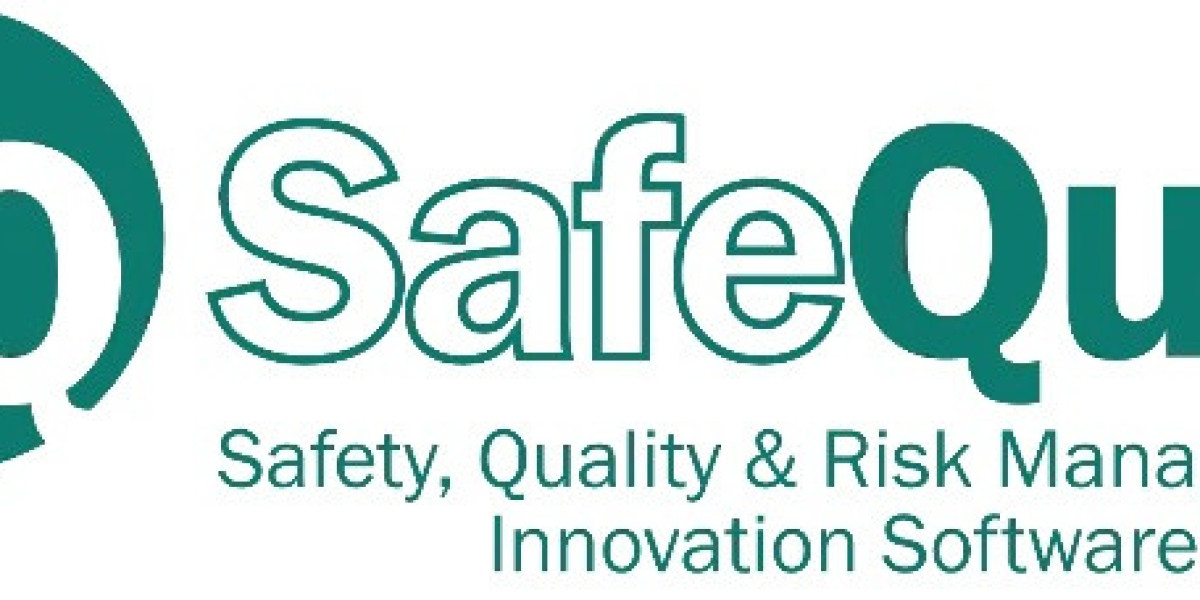Improving patient experience is at the heart of healthcare today. For remote team leaders, project managers, HR professionals, and startup founders involved in virtual healthcare settings, understanding and setting clear patient experience goals can lead to better care and stronger team performance. In this article, we will explore real-world examples of patient experience goals, share practical tips, and introduce how SafeQual’s supports these efforts.
What Are Patient Experience Goals?
Patient experience goals are specific, measurable objectives that healthcare organizations set to ensure patients feel heard, respected, and cared for during their healthcare journey. These goals focus on improving communication, safety, empathy, and overall satisfaction.
Why Patient Experience Matters in Virtual Healthcare
The shift to virtual healthcare has introduced new challenges and opportunities. When teams work remotely, maintaining a consistent and compassionate patient experience requires clear goals and reliable tools to track progress. For leaders managing virtual teams, patient experience goals help focus efforts on meaningful improvements.
Examples of Patient Experience Goals
Below are some clear examples of patient experience goals that organizations can implement to create a more positive care environment:
| Goal | Description | Real-World Example |
|---|---|---|
| Improve Communication | Ensure clear, timely, and empathetic communication with patients. | A telehealth service sets a target to respond within 30 minutes to all patient inquiries. |
| Enhance Patient Safety | Minimize errors and improve protocols for safe care delivery. | A virtual clinic introduces checklists for remote consultations to reduce mistakes. |
| Increase Patient Engagement | Encourage patients to participate actively in their care. | Providing easy-to-use patient portals for accessing test results and care plans. |
| Reduce Wait Times | Shorten wait times for appointments or responses. | A remote team monitors average wait times and sets quarterly reduction goals. |
| Gather and Act on Feedback | Collect patient feedback and use it to drive improvements. | Conducting monthly surveys and sharing results with staff to improve virtual interactions. |
How to Set Meaningful Patient Experience Goals
Be Specific and Measurable
Vague goals are hard to track. Instead of saying “improve communication,” aim for “respond to 90% of patient emails within 24 hours.”Align With Team Values
Ensure goals reflect the values of your healthcare team. If empathy is a core value, set goals around compassionate communication.Use Data to Guide Progress
Track patient satisfaction scores, feedback, and service metrics to see how well your goals are being met.Engage Your Team
Get input from everyone involved in patient care, including remote workers. Collaboration improves buy-in and creative solutions.Regularly Review and Adjust
Patient needs and technology evolve. Review your goals quarterly and adjust as needed.
Tips for Improving Patient Experience in a Virtual Setting
Train Staff for Virtual Communication: Remote teams should receive training on how to convey empathy and clarity through video and phone calls.
Leverage Technology Effectively: Use patient engagement platforms that integrate feedback, safety reporting, and communication tools.
Encourage Transparency: Keep patients informed about wait times, procedures, and next steps.
Build Trust Through Consistency: Deliver reliable, predictable care experiences even across virtual platforms.
The Role of SafeQual’s in Supporting Patient Experience Goals
SafeQual’s offers software solutions designed to help healthcare organizations monitor, analyze, and improve patient safety and experience. Their tools enable remote and in-person teams to track incidents, gather patient feedback, and implement improvements efficiently. This real-time data helps leaders set informed patient experience goals and measure progress clearly.
By integrating SafeQual’s’s solutions, teams can ensure patient safety and experience are not compromised despite the challenges of remote work. The platform supports transparent communication and fosters a culture of continuous improvement.
Conclusion
Setting patient experience goals is crucial for delivering compassionate and effective care, especially within virtual healthcare environments. Examples like improving communication response times, enhancing patient safety protocols, and actively using patient feedback demonstrate tangible ways to make a difference. Tools such as SafeQual’s empower teams to track these goals and maintain high standards.
Healthcare leaders managing remote teams can use these examples and strategies to create a patient-centered culture that stands strong, regardless of where or how care is delivered.


